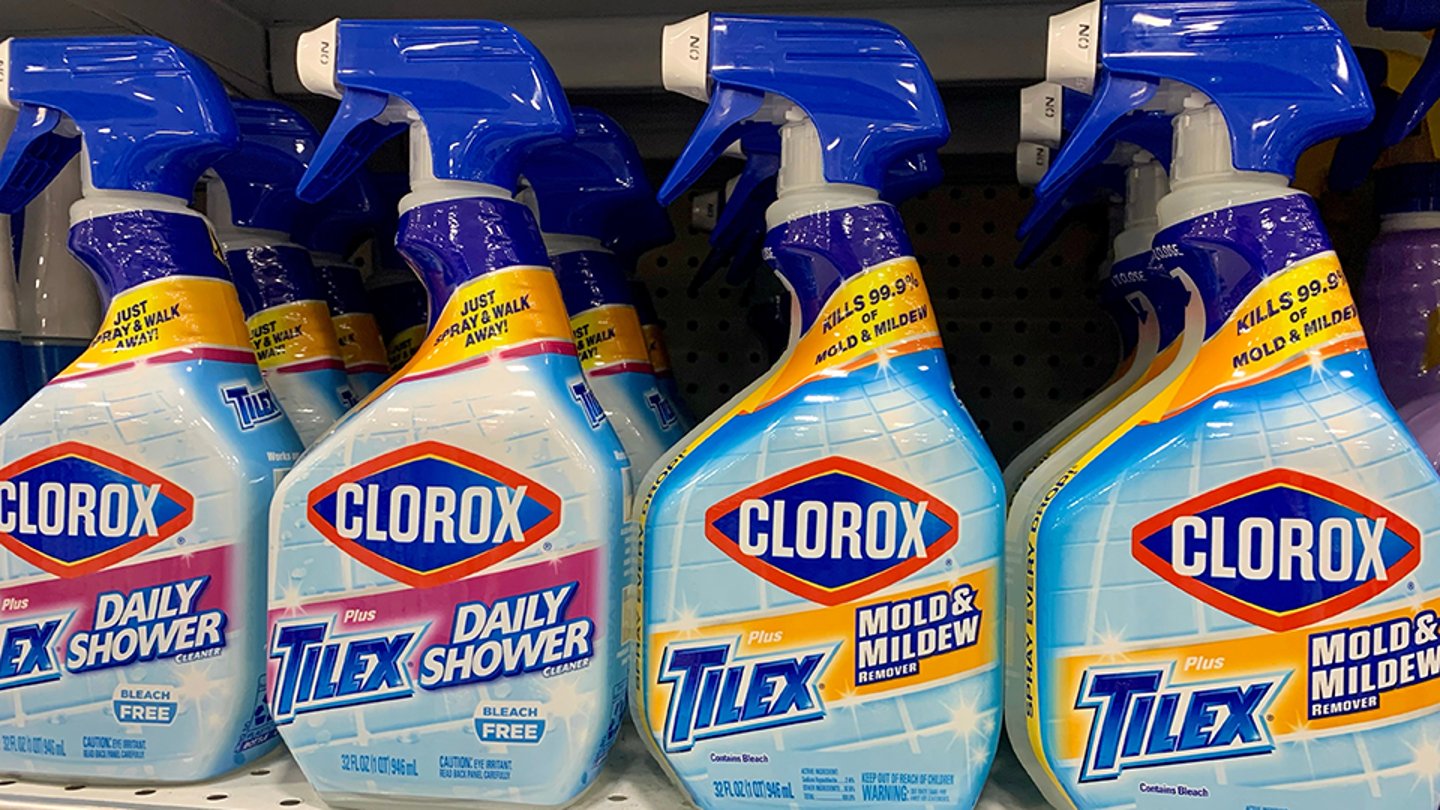Smart Pricing: How Clorox Adapts to Consumer Trend Shifts With Advanced Analytics
The inflationary environment has largely cooled, but at its peak, consumer goods companies had to rethink their promotion and pricing strategies to keep consumers interested and engaged.
As a result, The Clorox Company sought to better understand how the pricing environment was impacting shopping trends to better inform its strategy and adapt to market needs.
To do this, the company partnered with Kroger’s retail data science, insights, and media arm 84.51°, using its price analysis technology to discover how pricing fluctuations impact various customers and how Clorox's price points compare to competitors.
Bolstering Decision-Making With Data
The company was challenged by a lack of hard data in its decision-making process for pricing recommendations and adjustments. In order to move forward with more informed pricing decisions, Clorox knew it needed to tap into new insights and analytics.
Now Clorox can identify the influence of individual and combined product sales at different price gaps to enhance pricing and promotional strategies. Historic consumer behavior and comparisons across product groups are examined at specific price points across a flexible list of product selections, including comparisons to industry competitors.
Also read: How CPGs Like Mondelez, PepsiCo, and General Mills Experiment With Retail Media
“This project allowed us to have results backed by data and to be more confident that we are suggesting the optimal pricing structure,” Clorox’s category manager, David McKinney, tells CGT.
Additionally, the company found value in data on price inflection points, which provides a better understanding of the sales velocity impact on different household groups while comparing sales velocity at various price gaps.
As a result, Clorox could shift to a more favorable dual pricing strategy across its leading four brands to lower prices on many items while putting more robust investment behind promotions for other product groups.
“Our goal is always to have the optimal price for each product group on shelf,” said McKinney. “Being able to pinpoint the best price has helped us be confident that we can grow the category sustainably without alienating consumers with prices that are too high.”
In September, Clorox announced a $580 million investment to bolster data visibility and expedite innovation, which will take place within its U.S. segment over the next 18 months.
Building Consumer-Centric Strategies
McKinney stresses the importance of looking at your pricing over time to discover the most beneficial price for the consumer, the retailer, and your company — in that order.
“Always have the end consumer in mind when thinking about pricing and you’ll grow not just your piece of the pie, but you’ll make the entire pie larger.”
While pricing can be complex and challenging to discuss, especially with retailers, having data backed by consumer behavior analytics can remove the subjective aspects from these critical discussions, he says.





